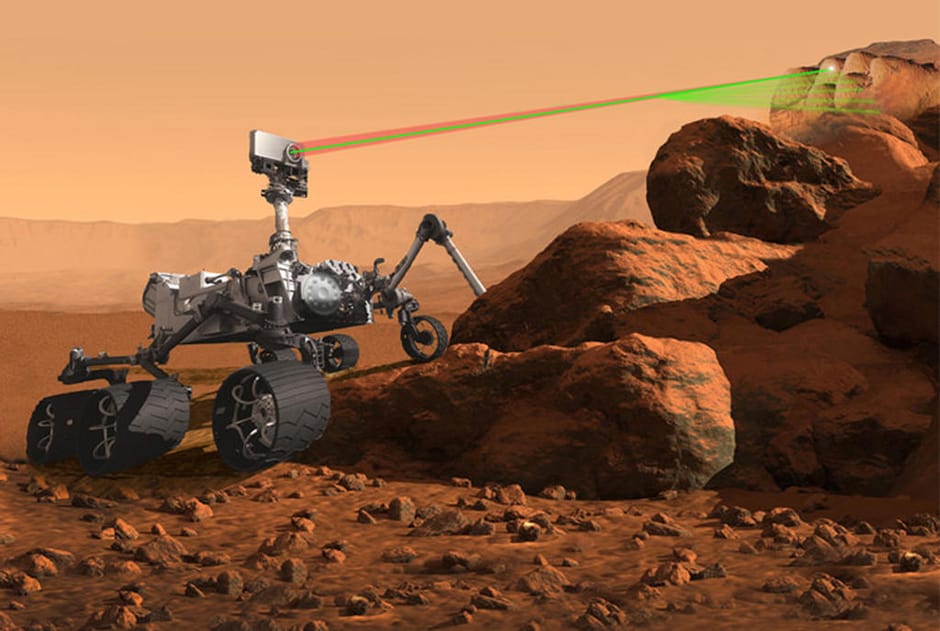This summer, two years after the successful landing of Mars rover Curiosity, NASA has announced which instruments their new space exploration robot will be equipped with to be launched in 2020. Out of 58 proposals, only seven were selected, one of which is a radar antenna named Radar Imager for Mars’ Subsurface Experiment (RIMFAX) that will collect data from below the surface of the planet.
“It’s the first ground-penetrating radar that’s based on a rover that’s going to Mars,” said Dr. Rebecca Ghent of the University of Toronto geology department, who is one of eight scientists from around the world working on RIMFAX.
The singular benefit of having a subsurface imager on a rover lies in its mobility, allowing the researchers to cherry-pick the locations they wish to profile. Ghent explained, “There are other radars that are in orbit around Mars that do a similar thing but not quite in the same way; they collect subsurface reflections from wherever they’re orbiting and they can’t drive wherever they want.”
Ground Penetrating Radar technology is well known to scientists, and has been used extensively on our own planet for any and all earthly ground-probing needs, with applications ranging from civil engineering to mining and geophysical research. The antenna emits signals underground, which are then returned, in the same way that a ship would use sonar to detect what lies beneath the surface of the water.
However, Ghent explains that her instrument is not quite the same thing. “It’s different from sonar in the sense that sonar are sound waves that are passed through water and these are electromagnetic waves that can pass through a vacuum or other material.”
Although previous Mars rovers have captured stunningly clear photographs of the planet’s surface have delighted space enthusiasts everywhere, RIMFAX will offer us a whole new dimension of data. Ghent believes that a lot of the relevant geophysical information lies in the “vertical” rather than the “horizontal.”
This three-dimensional aspect is one of the reasons RIMFAX was selected for the mission despite such steep competition. The instrument even has the unique ability to seek channels carved by water flow, hidden deep underground.
Such buried formations would indicate that in the past the planet might have had conditions that could potentially sustain life. Even if the sought-after channels were formed by other geological phenomena, such as lava flow, Ghent is confident that any results to be yielded by RIMFAX will provide new clues about Mars’ planetary evolution.
“For me that’s always the overarching goal: to understand the evolution of the planet as a whole. The life question is only a part of it,” she said. “Regardless of whether we succeed in our goal of finding anything out about habitable environments we’re [going to] get lots of great geological information.”


